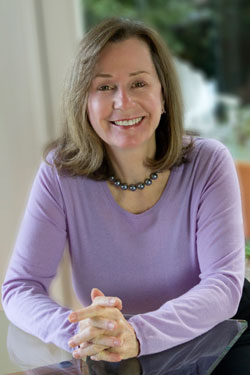An elementary school teacher in rural Arkansas made a bracelet of charms of each student in her class so she could continually remind herself of how she cared about each one, and her passion for teaching them.
The rest of the story is the real clincher for seeing that happiness can be a choice.
She wakes up each morning with the painful fatigue that most face when they have the chronic, erratic and incurable disease, multiple sclerosis.
Many would give up and quit working yet some don’t, as Shawn Achor shows in his new book Before Happiness. Why do different people in the same situation find a way to feel happy and thrive while others get depressed, give up or worse? The answer is the cornerstone concept in Achor’s book.
He travelled to fifty-one countries, speaking and conducting experiments involving people as diverse Tanzanian kids living in extreme poverty to UK bankers who didn’t get year end bonuses. Achor worked with organizations as diverse as The National Multiple Sclerosis Society, Zappos’ Downtown Project, Freddie Mac during the mortgage crisis and online learning group, CorpU. The secret, according to Achor is that people in the same situation “were literally living in different realities.”
If you want to change your life, you first have to change your reality
2. Map your meaning markers: These are the specific things to identify to chart the best route to accomplishing your goal(s) towards that most valuable reality.
3. Find the X-spot: Use success accelerants to propel you more quickly toward your goal(s).
4. Cancel the noise: Boost your capacity to hear the helpful signals that reinforce your chosen reality and may attract the opportunities and resources that can reinforce that reality, and dim the noisy signals that distract you from that reality.
5. Create positive inception: Amplify the effects of your positive mindset by contagiously spreading your positive reality to others.
Here are some happiness-boosting points from the book and related ones from elsewhere:
A. Pessimistic people “literally see a narrower range of opportunities and possibilities,” as Positivity author Barbara Fredrickson discovered. Erickson recommends a 3:1 ratio of positive to negative experiences for healthy living. Alternatively, I suggest that you strive for a higher ratio, more akin to John Gottman’s magic 5:1 for a healthy marriage.
When feeling negative we are blind to many options and go into fight or fight mode. To counter that downward spiral of perceptions and behavior, Achor suggest you map out your options as soon as possible, focusing first on drawing the possible paths for a successful outcome because what you first map becomes most vivid in your mind. Then, look for “escape routes” to avoid worst possible outcomes.
 See the other tips over at my column on Forbes.
See the other tips over at my column on Forbes.



